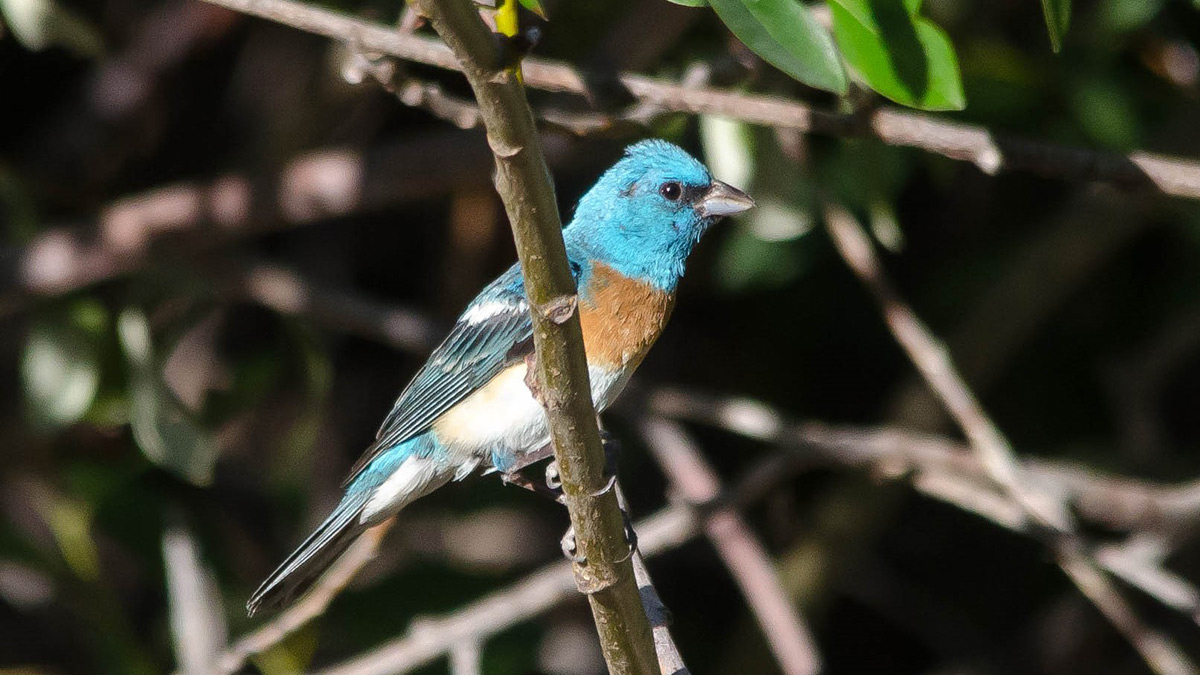Balancing wildlife habitat needs and fire-resilient forests
Using a bird’s eye view to help balance wildlife habitat needs and fire-resilient forests
Contributed by our partners Jaime Stephens, Sarah Rockwell, and Caitlyn Gillespie with the Klamath Bird Observatory
 Rogue Forest Partners are working across public and private lands to reduce risks of unnaturally extreme wildfires, promote climate adaptation, and restore resilient landscapes in the Rogue Basin. Klamath Bird Observatory is working with Rogue Forest Partners to apply science using birds as ecological indicators to inform restoration planning and measure ecological response. The partnership aligns with Klamath Bird Observatory’s mission to advance bird conservation and specifically aligns with our work to halt and reverse the decline of western forest birds.
Rogue Forest Partners are working across public and private lands to reduce risks of unnaturally extreme wildfires, promote climate adaptation, and restore resilient landscapes in the Rogue Basin. Klamath Bird Observatory is working with Rogue Forest Partners to apply science using birds as ecological indicators to inform restoration planning and measure ecological response. The partnership aligns with Klamath Bird Observatory’s mission to advance bird conservation and specifically aligns with our work to halt and reverse the decline of western forest birds.
Birds are excellent indicators of forest structure and composition and applying what we know about birds can inform landscape-level planning and restoration treatments within individual stands. Conservation planning strives to achieve restoration goals that benefit entire forests and the animals that inhabit them. By applying both what we know about habitat needs for select bird species and vegetation management goals we identify current and desired forest conditions and recommend restoration prescription components. For example, encouraging old-growth forest conditions, reducing fuel loads, or restoring open forests. We then conduct bird and vegetation monitoring to measure restoration treatment effectiveness and see if changes in the forest are on track to meet restoration goals.

Data such as which bird species are present and how abundant they are, provide ecologically meaningful information that can be used to quantify the benefits of restoration, measure progress towards restoration goals, and evaluate wildlife response.
Successful restoration should lead to more abundant and successfully reproducing bird populations—especially for species closely associated with essential vegetation features of healthy coniferous forests, such as large, mature trees and a multi-layered tree canopy or open forests. Suppose we don’t observe the expected before-and-after changes in the bird community. In that case, we can work with land managers to adjust the vegetation treatments to create better habitat for birds and other wildlife.
Data on how wildlife use the restored habitats provide a more meaningful and multi-dimensional assessment of restoration success than surveying vegetation alone. They can help tell the story of restoration progress.


